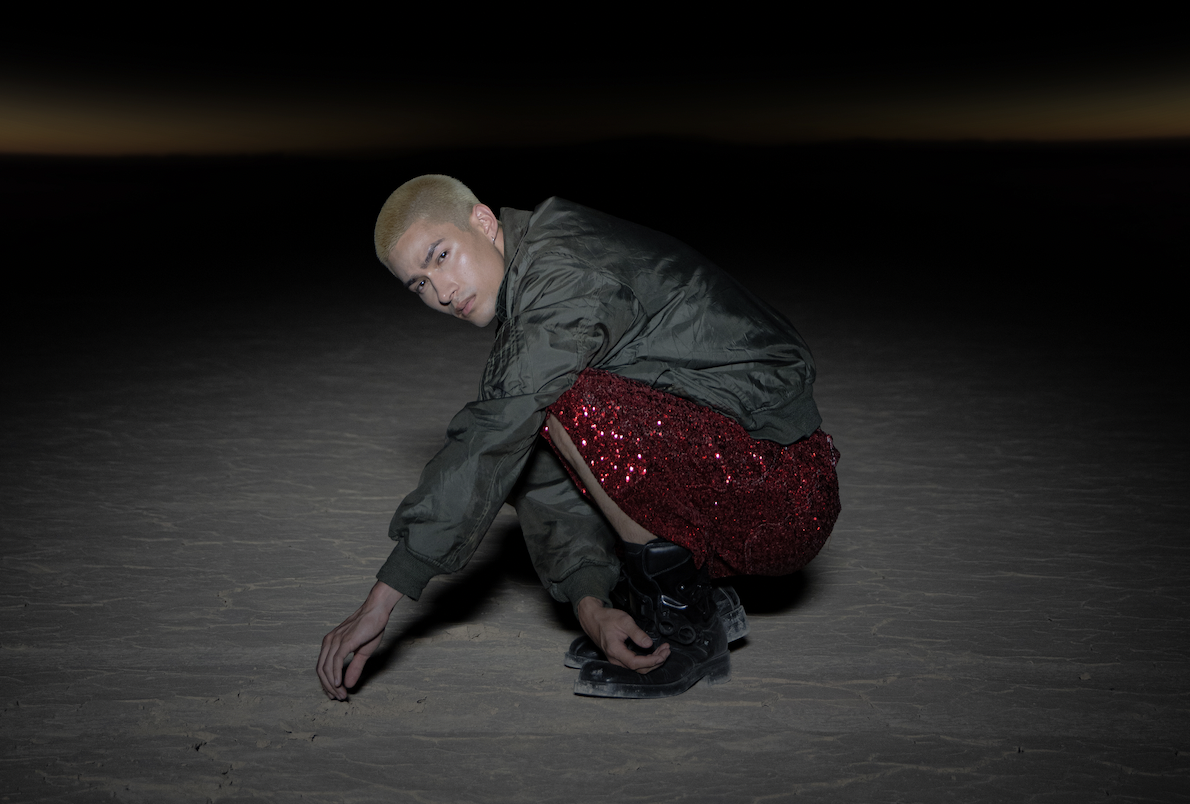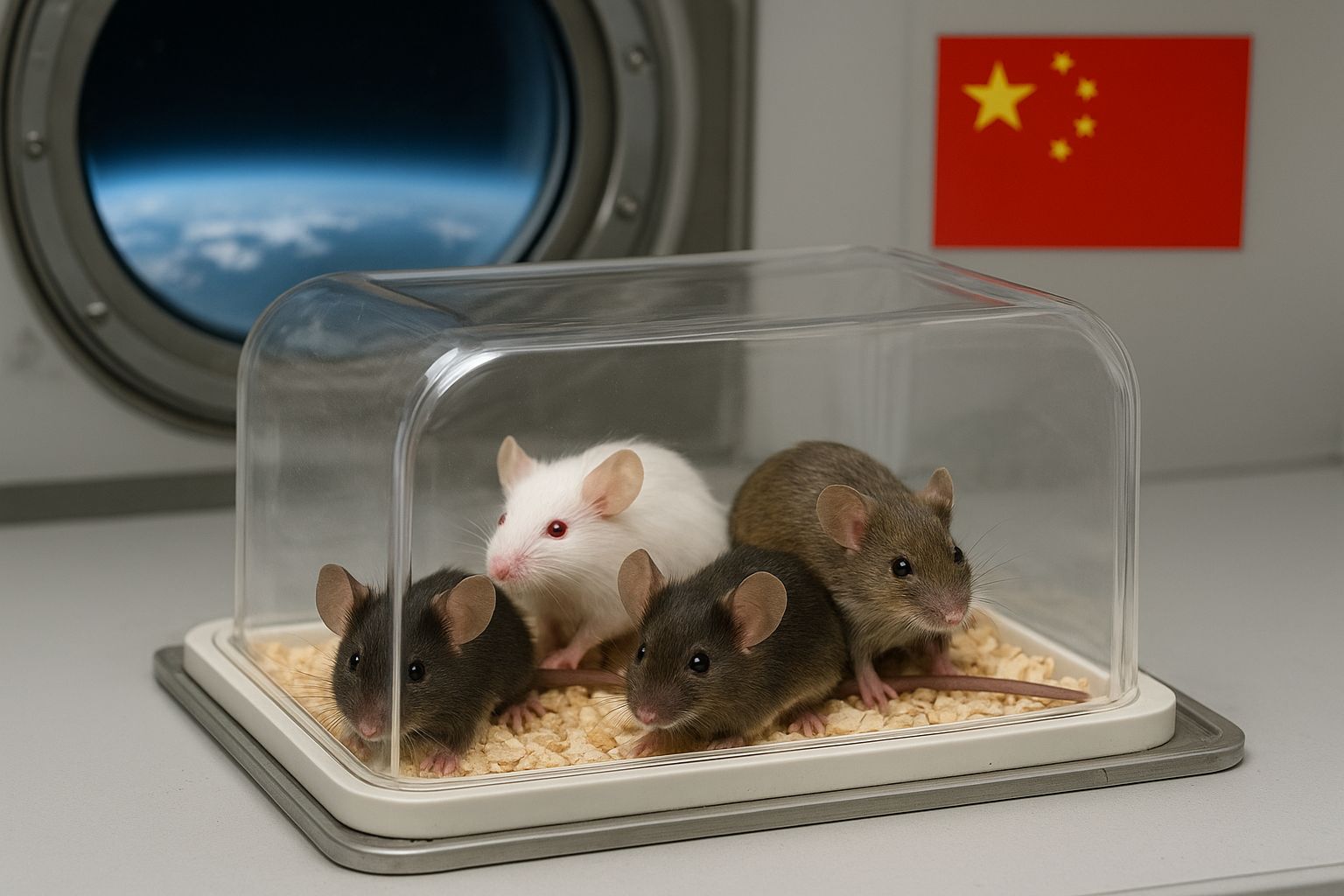A limited number of Chinese words have made their way into the popular American lexicon. Feng shui, for example, as an ambiguous way to describe the “feel” of a room or articulate interior design plans. Yin and yang, largely absented of historical and philosophical context, gesture vaguely toward a balance between opposites.
I first encountered qi (气) through similar channels. To me, the word served primarily as a convenient way to get rid of a pesky “Q” tile in Scrabble. I knew it, vaguely, as a sort of life force, and related it mentally to the pressure points that I’d heard could dispatch an enemy with a single touch.
 Yin and Yang for Dummies: Dipping a Toe into the Theory of TCMArticle Jul 05, 2017
Yin and Yang for Dummies: Dipping a Toe into the Theory of TCMArticle Jul 05, 2017
Like feng shui and yin yang, qi has traveled upstream against the flow of political power, relieved of semantic weight, its tone marks erased and phonetics mangled. In a sense, it has fallen victim to the limits of transcription and translation. In spite of the work of many scholars, qi has been boiled down in dictionaries to several constitutive elements — breath, energy, life force — in some ways restricting and in others freeing the development of popular understandings. To many English speakers, qi becomes a cipher: a set of sounds whose unfamiliar shapes recall a caricatured Orient, while their meanings have become simple, flexible, diffuse, and easily (mis)handled.
Qi is, in a sense, breath, and life force, and energy — but it’s also much more than these three simple phrases.
My foundational TCM theory textbook, 中医基础理论 Zhongyi Jichu Lilun, describes another trajectory of translation. In an appendix to its section on qi, the textbook describes several contemporary research projects that attempt to make qi make sense for a Western scientific audience. These research programs adopt the language and theory of physics to approach qi as quantum fields or as entropy, or draw from the perspective of molecular biology to liken qi to ATP, the molecular form of energy. Qi (always partially, never without shedding some of itself) assumes the form of scientificity, in turn seeking to achieve a more stable, less penetrable aura of legitimacy.
The truth is that qi, more than a century after its 1850 English-language debut as k’i in The Chinese Repository, an early journal of Sinology, feels almost impossible to adequately translate into English. Scientific parallels falter, threatening to subsume qi into a world to which it does not entirely belong; the broad strokes of breath and life force, while not strictly incorrect, allow other meanings to insinuate themselves into spaces left behind by history forgotten, and philosophy disregarded.
Translation, as it turns out, is really hard.
The word qi, more than a century after its 1850 English-language debut, still feels almost impossible to adequately translate into English.
Last Saturday, I tagged along with a friend, a college student majoring in art history and researching queer art in China, to two of their interviews. I acted as an interpreter in both interviews, translating my friend’s questions from English to Chinese and the artist’s responses from Chinese to English. My friend’s questions were often theoretically complex, featuring meaty phrases like “the interplay of gazes” and “the trajectory of desire.” Many of the words my friend used landed with a certain weight — a web of associations with other words, ideas, histories — that I felt dissipate in my clumsy translations. Similarly, when the second artist we interviewed used language I recognized from the classical Chinese philosophy in my TCM theory textbook to discuss his representations of humans and nature, I struggled to find words in English to communicate the complexities contained within his simple, direct speech.
I discovered, in real time, that the task of translation doesn’t just require a large working vocabulary. It demands a broader theoretical awareness, complemented by a finely tuned sense of empathy.
At the beginning of the first interview, conducted with Beijing artist Shitou, my friend is eager to theorize her art with her. We begin with a painting from her early Weapons series, which depicts a nude female body rendered in black and white and laid in a bed of deep red cactus, a gun superimposed vertically over her torso. But Shitou seems hesitant to explain the why of her work. She speaks instead of painting as a form of healing, and of the emotions and experiences that inspired her to create this piece. Three hours of mediated conversation later, in what feels like a massive breakthrough, she offers us the word nong suo ti (浓缩体): a form or body created through condensation. She invites us to think of her art as the condensation of her ideas, emotions, and memories; the form of her work, which often involves collage and Surrealist juxtaposition, reflects this internal, meditative process. The word surprises and delights me. Immediately, my mind turns to qi.
At the most basic level, qi means air — formless, dynamic, and pervasive. My theory textbook explains that early classical Chinese thinkers observed the dual processes of evaporation and condensation — water turning to air, air turning to water — and formulated a philosophy of qi, of the formless colliding and condensing into form, creating the wanwu, the “ten thousand things,” Daoist shorthand for “everything.”
Shitou’s concept of condensation, then, is central to a classical Chinese philosophy of the birth and unfolding of the world: all things, as they come into being, are qi made manifest. Through a process far more complex and disjointed than the one I detail here, qi gained rich philosophical content, producing a world of knowledge and experience.
All things, as they come into being, are qi made manifest.
My professor at the Beijing University of Chinese Medicine, besides practicing Traditional Chinese Medicine professionally, holds a deep historical interest in the emergence of qi lun, qi theory, during the Warring States Period. It was during this time, he tells us, that qi came to reside in the body in a way that is recognizable to a Zhongyi Jichu Lilun-educated foreigner like myself today.
As I learn from my textbook, qi is a formless substance that moves through channels throughout the body and performs a wide variety of functions: it rises and falls to propel digestion, for example, travels just beneath the surface of the body to fend off outside harm. The lungs take in fresh qi and circulate it throughout the body, and expel old, turbid qi; qi is also produced through digestion and from the jing, essence, stored within the body’s organs. Every organ has its own qi, which is constantly in action, working to maintain that organ’s functions in harmony with the others. Qi can stagnate, become depleted, or deviate from its normal course, causing illness; when this happens, TCM physicians must detect these changes, and figure out how to respond.
Qi is a formless substance that moves throughout the body and performs a wide variety of functions: it rises and falls to propel digestion, travels just beneath the surface of the body to fend off outside harm.
I understand qi as simultaneously philosophical and physiological, configuring the universe and propelling the workings of the body. It relies on the principles of harmony, the resolution or dynamic preservation of contradiction, forms of continuity underlying unending change. It is, in a sense, breath, and life force, and energy. But it’s also much more than those three simple phrases.
For me, qi has a set of intertwined meanings that I struggle to convey clearly and concisely. It’s why I’ve avoided writing about qi directly for so long: it provokes my anxieties about translation, about the preservation of philosophical depth, about my still-developing grasp of TCM’s theory and history.
Therefore, this piece is by no means authoritative or conclusive. It does not provide a straightforward, bite-sized definition of qi — nor, I think, does it support a false hope that there is one. It is, in itself, a sort of nong suo ti: a product of condensation, an amalgamation of dispersed thoughts, ideas, and experiences. I hope that it begins to open up new avenues to think about qi, a word that hangs suspended between Chinese and English, forever caught up in translation.
Illustration: Marjorie Wang
















